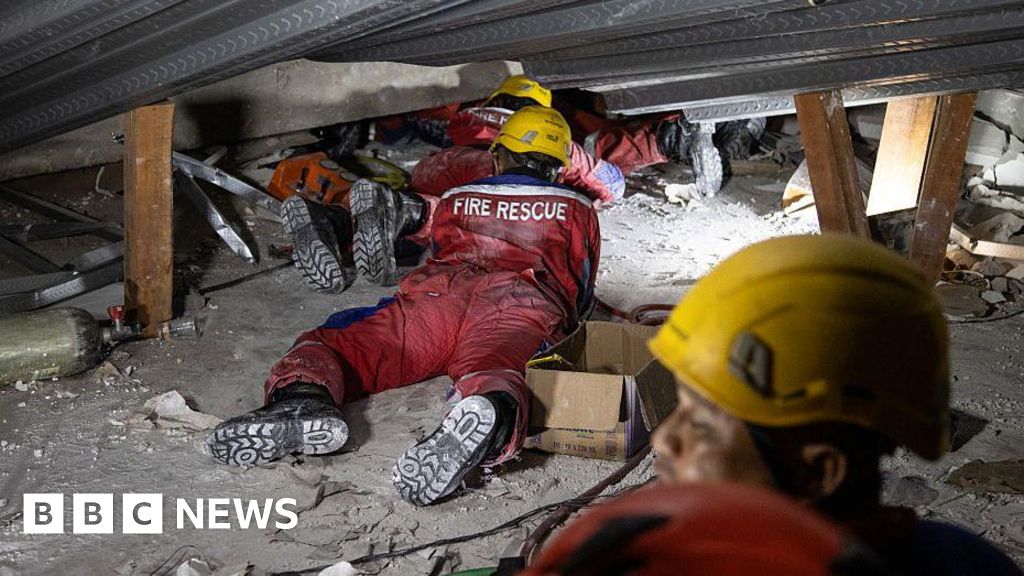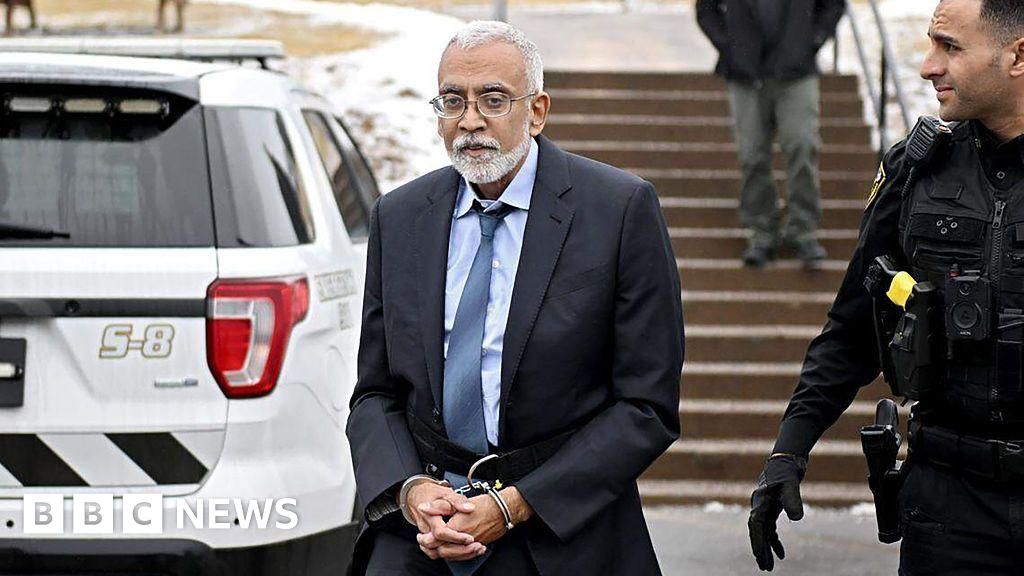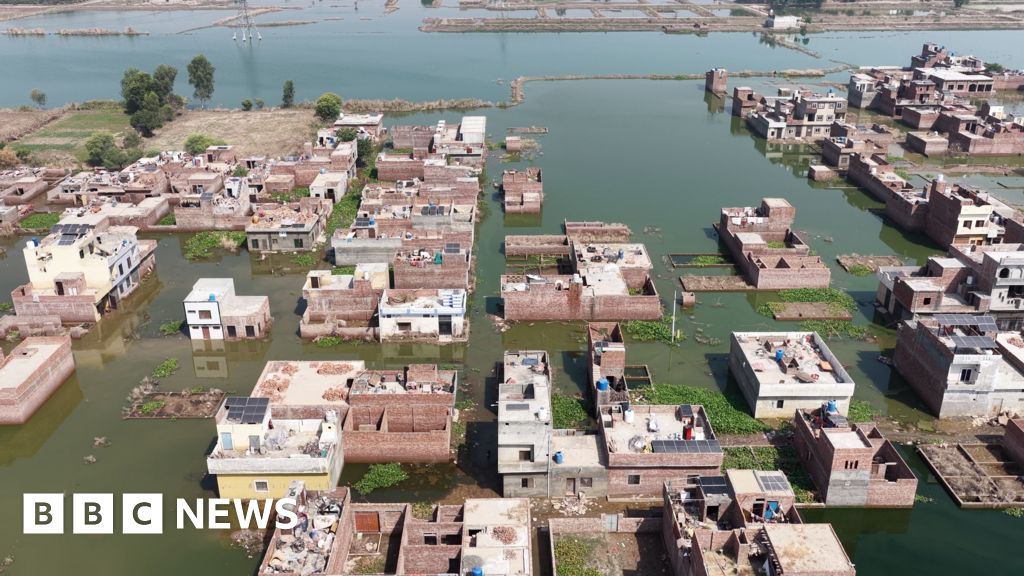Silvano HajidSidoarjo and
Gavin ButlerSingapore
Rescuers in East Java, Indonesia are racing to find 38 people believed to be trapped in the rubble of a school building that collapsed on Monday.
Three students were killed and 99 others taken to hospital, some of them with critical injuries, after the two-storey Al-Khoziny Islamic Boarding School in the town of Sidoarjo caved in.
Hundreds of students, most of them teenage boys, had gathered in the building to pray.
Authorities on Wednesday said crying and shouting could still be heard from under the rubble, while anxious relatives who had camped out at the school overnight awaited news of their loved ones.
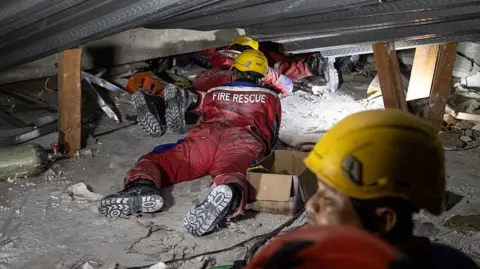 Getty Images
Getty ImagesThe building had been in the process of having two extra floors added, but could not support the weight of the construction on its unstable foundations, the disaster mitigation agency said.
Sidoarjo town’s regent says the school’s management had not obtained permits for the expansion of the building.
Eleven people have been freed from the debris since rescue efforts began on Monday, according to rescue official Emi Freezer – but two have since died in hospital.
There is currently one trapped victim who is able to respond directly to rescuers – though he is completely immobilised and trapped, Mr Emi said.
Rescuers are constructing a tunnel underneath the building in an attempt to reach him.
The situation remains precarious for survivors trapped in rubble, however, with authorities warning of further collapse.
Mudji Irmawan, a civil engineering expert from the Sepuluh Nopember Institute of Technology who is involved in assessing the collapsed structure, told BBC Indonesia rescuers must be careful when removing the wreckage amid fears of destabilising the debris and causing further collapse.
Mohammad Syafii, head of the search and rescue agency Basarnas, further noted that while rescuers help lift the concrete slabs and open up access, “shifting the slabs may also endanger the lives of survivors still trapped beneath the rubble”.
“When we excavate, there is a risk of small landslides on both sides,” Mr Syafii said. “With the current construction, with this rubble, even a single vibration can cause other impacts.”
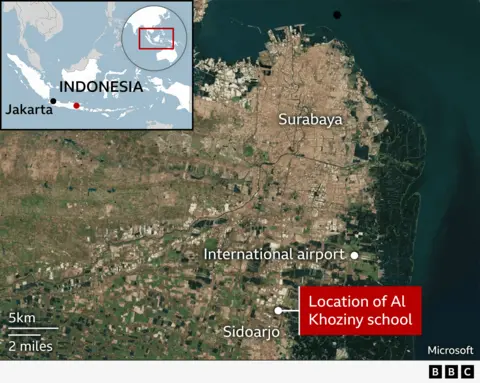
Rescuers have to pass through underground culverts to reach survivors and only have about 60cm of access, he added.
Rescuers are racing against time to reach survivors within the “golden timeframe” of 72 hours – though Mr Syafii said that with fluids and vitamins, the survivors could live longer.
“We are currently pursuing the golden time, as it is possible that we can detect life within this golden timeframe, allowing us to rescue the victim,” he said.
One of the survivors of the incident, 13-year-old Muhammad Rijalul Qoib, described the moments leading up to the building’s collapse.
“Many, perhaps hundreds of people, were about to pray,” he recalled. “At that moment, I heard the sound of falling rocks. The sound continued, and it got louder and louder.”
Rijalul immediately ran outside but was struck by falling debris from the roof.
“I wanted to run (from the prayer room) and then the roof hit my face,” he told local news outlet Detik.
He managed to survive by climbing out of the rubble, with the help of someone who pointed him toward an escape route.
Others were less fortunate. Local media on Tuesday identified one of the victims killed in the disaster as Maulana Alvan Ibrahimavic: a student who had recently graduated from elementary school and enrolled at Al-Khoziny about four months ago.
Police escorted his body to the funeral home on Monday night, the police chief of Blega district – the student’s hometown – told local media.





